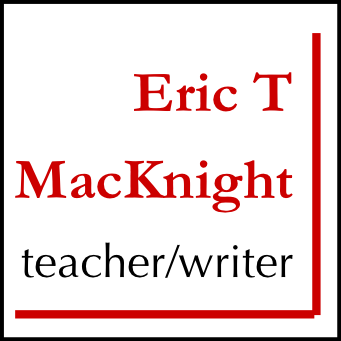Chapter five of Outsmart Your Brain by Daniel T Willingham taught me about the do’s and don’ts of reading. Reading in this context does not refer to a fun pastime but reading that is assigned by teachers. I learned that reading is a long process that requires a lot of effort from the reader. The book emphasizes that reading textbooks should be done carefully with an appropriate strategy. Not to my surprise speed reading and highlighting what the reader thinks is important information, is not an effective strategy. Even though this is my go-to strategy, I have realized that it is not very productive. Willingham’s reasoning for this is that the reader is not aware of what is important in the text until a thorough analysis has been done. Alternatively, other reading methods that are more productive are explained.
The main ideas I took away from effective methods for reading were to prepare before reading, ask questions, and take useful notes. To prepare before reading means to survey the text and find out what it is about. This encourages the reader to think about what they are going to read which allows them to ask questions. Asking questions helps create a goal for reading. Instead of randomly reading, looking for the answers keeps readers on task. Even asking questions while reading is useful because it helps process the information you read. Lastly, I learned that to take notes effectively a tip is to look at the headings and subheadings of a text. The book suggests summarizing each subheading in your notes. Using these as checkpoints for notes will help keep them organized and concise. Taking notes while reading will also be useful for reviewing the reading. Willingham’s suggestions are very informative and I will be using his strategies in the future.

